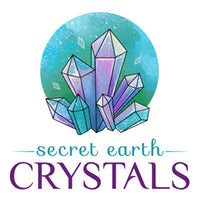CARNELIAN
Specifications
Mineral Class: Quartz
Crystal System: Trigonal
Hardness: 7
Luster: Vitreous, Dull, Greasy, Silky
Diaphaneity: Translucent
Colors: Red, Orange, Brown, Yellow, White, Black
Symbolizes: Confidence
Source: Worldwide (Including Brazil, India, Madagascar, Peru, UK, USA, and Uruguay)


Carnelian is a variety of chalcedony colored by iron oxide. The color can vary greatly, ranging from pale orange to an intense almost-black coloration. Carnelian was changed in the 16th-century, from the 14th-century "cornelian". Cornelian, cognate with similar words, comes from the Mediaeval Latin corneolus, itself derived from the Latin word cornum, the cornel cherry, whose translucent red fruits resemble the stone. The Hebrew word odem, meaning redness or red stone, is translated by some Bible scholars as sardius which is today's Carnelian. Odem is the stone listed as the first stone in the breastplate in Exodus.
Carnelian is one of the earliest favored gems. It has been frequently discovered in excavations of the ancient tombs of royalty. Carnelian was a cherished favorite of the Ancient Egyptians. The red variety of chalcedony has been known to be used as beads since the Early Neolithics in Bulgaria. Agate is also common to be with Carnelian, through banding and coloration. Just like the warm hues of autumn, the warm tones of Carnelian are a reminder to let go of the past seasons, to store warmth and light within the body, and to keep moving forward. This stone's rich and warm colors are often associated with lions and fire, reminding us to have courage and confidence.

